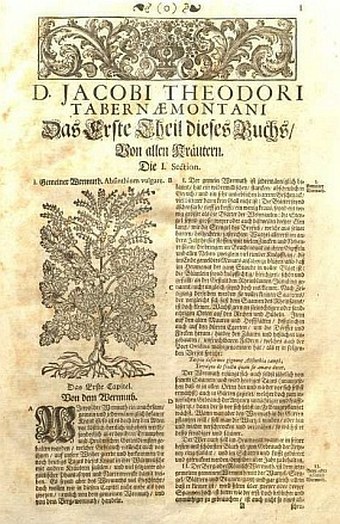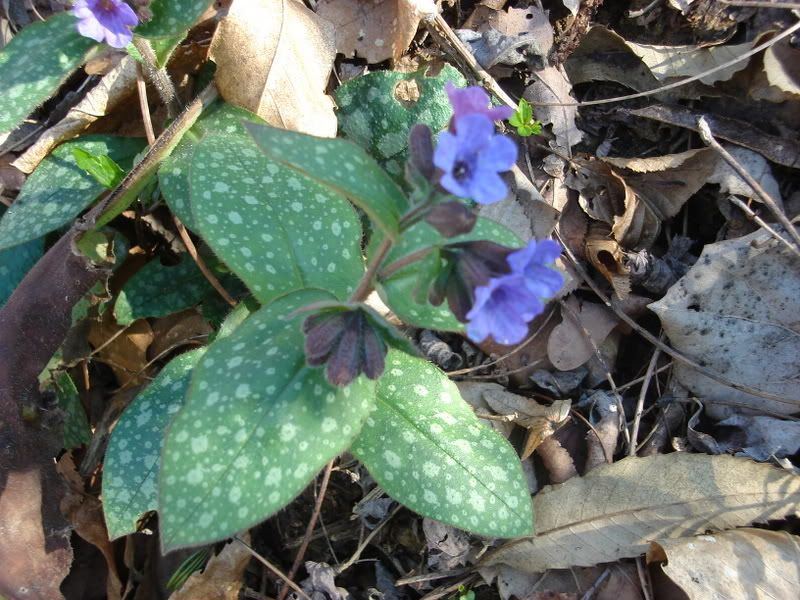This post was originally written as an article for the magazine Puni Mjesec (Full Moon). Although the magazine probably won't be of much use to you since it is in Croatian, I hope this post will! I believe it could be valuable to anyone who just came across the notions of Paganism and Neopaganism. This is why I decided to share the article with you on my blog (as well as translate it).
Spirituality or Religion?
When people first hear about Neopaganism, they often ask themselves where Pagans celebrate their festivals, who leads the rituals, whether or not there are any rules, a certain hierarchy, or sacred texts which define this and so on. It would be very simple to answer all of these questions if Neopaganism were a religion, but it isn't. Many Pagans will say that it is a spiritual path, or perhaps a way of life. In any case, Neopaganism cannot be called a religion because of several reasons.
Namely, organized religions have strictly defined ceremonial rules, specified places of worship, spiritual leaders (and thus a hierarchy) as well as sacred texts. Neopaganism is much more flexible. Individuals and groups can celebrate in both opened and closed spaces and usually don't have a single "right" place where they meet (i.e. a single place of worship). Some basic ceremonial frameworks do exist, but they can be adapted to the needs of each individual/group. Depending on the denomination, Neopagans can choose one, or more people which will lead the rituals. But what usually happens is that different people lead different kinds of rituals. In addition to this, Pagans often write their own rituals and do not have a sole sacred text, or strictly defined sacred texts. There is only one rule that all Neopagans know and respect in one form or another. In its shortest form, it goes like this: "Harm none".
What is Neopaganism Based on?
Essentially, Neopaganism is a spiritual path which puts emphasis on the celebration of nature and fertility. Pagans understand these notions completely, that is to say, they celebrate nature in the full sense of the word (both its "good" and "bad" sides) and also acknowledge all aspects of fertility (the fertility of humans, animals, the earth, the human mind etc.). Fertility and creation, which can be understood as meaning the same thing, are embodied in the central figures of Neopaganism.
The God and the Goddess
These two figures, though one could understand them as archetypes, embody fertility, creation and all aspects of humanity and nature. They are the male and female poles/genders (but not necessarily sexes) which stand at the very core of creation. They have several faces, as does any human being or any force of nature. They were anthropomorphized in order to facilitate communication for people, but they can also be understood as nature itself.
Pagans usually mention two aspects of the God: the Horned God and the Green Man. The Horned God is at his best during the winter months and represents male sexuality, strength, hunting, the wild and animals (which is why he is almost always depicted with antlers). The Green Man is the Horned God's summer counterpart. He is no less manly or strong, but he is slightly more gentle because he represents the beauty of the summer months and all of nature's foliage. These two aspects are also known under two other names: the Holly Kind (an equivalent of the Horned God) and the Oak King (an equivalent of the Green Man). Holly, in this context, symbolizes evergreen trees and the winter months in general, whereas oak symbolizes deciduous trees and, by contrast, all the verdure that predominates during spring and summer. But regardless of his aspect, the God symbolizes the male polarity and the power of the Sun without which life on Earth would not exist.
 |
The horned figure from the Gunderstrup cauldron
(it is often taken to be a symbol of the Horned God),
cca. 200BCE-300CE
|
The Goddess has three visible faces, which is why she is often called the Triple Goddess. Nevertheless, some also acknowledge her hidden face. She is the Maiden, Mother and Crone, in which she symbolizes all of the phases of womanhood, but also has the face of the Dark Goddess. All of the above mentioned aspects correspond to the phases of the Moon (Maiden - waxing moon/first quarter; Mother - full Moon; Crone - waning Moon/the last quarter, the Dark Goddess - new Moon). This is because the Goddess herself symbolizes the female polarity and the Moon which has its own strong effects on mankind.
As Neopaganism doesn't prescribe exact rules when it comes to worship, or even understanding deities, some people understand the God and Goddess as two figures, as described in the previous paragraphs, but a large number of Pagans perceive them differently. Some Pagans will believe that the God and Goddess represent two separate poles of nature, some will see them as two sides of the same coin (i.e. nature/creation). Some will adopt the polytheistic system of belief and acknowledge several gods/goddesses (sometimes even from different pantheons) as the faces of the God/Goddess, or perhaps as completely separate aspects of nature. All in all, the divine power is seen by practically all Pagans as the embodiment of nature and the act of creation.
The Wheel of the Year
Pagans perceive the year as a wheel that is constantly turning; it therefore represents rebirth and eternal cycles. This wheel has eight spokes which represent the eight Pagans festivals, that is Sabbats which can be divided into solar and fire/land festivals. The two solstices and two equinoxes fall under the category of solar festivals (Yule, Ostara, Litha and Mabon), and the fire/land festivals (can be found about midway between each of the solar festivals. They generally celebrate some agrarian aspect (such as sowing or reaping), which is how they got their name. Pagans have special names for each of these celebrations, as well as a determined and widely-accepted date:
SABBAT
|
PRONUNCIATION
|
DATE
|
Yule
|
/jul/
|
21/22.12.
|
Imbolc
|
/imbolk/
|
2.2.
|
Ostara
|
/ostara/
|
20.3.
|
Beltane
|
/beltein/
|
1.5.
|
Litha
|
/liθa/
|
20./21.6.
|
Lughnasadh/Lammas
|
/lunasa/, /lamas/
|
31.7./1.8.
|
Mabon
|
/meibon/
|
22./23.9.
|
Samhain
|
/sowen/
|
31.10.
|
Yule (a.k.a. the winter solstice) represents the beginning of the Pagan year and also the beginning of winter when the Sun starts regaining its strength and days slowly begin to get longer (this is why Pagans celebrate the rebirth of the Sun on this day). Imbolc is the first fire festival of the year and marks the midway point between winter and spring, which is why Pagans celebrate fire on this day (and through it the strength of the Sun) which brings warmth and melts snow. Ostara (a.k.a. the spring equinox) marks the first day of spring and the return of fertility. Beltane is a fire festival that marks the peak of spring as well as fertility. Litha, the summer solstice, marks the beginning of summer, symbolizes the full strength of the Sun but also the oncoming slow decline of the Sun's strength. Lughnasadh is the first of three harvest festivals to come; it marks the first harvest during which we celebrate the earth's abundance and gifts. It therefore falls under the category of fire/land Sabbats. Mabon (a.k.a. the autumn equinox) is the second of the three harvest festivals. It is the time of the second harvest which is also the time of the slow decline of the Sun's power, the nearing of the end of the year and, with it, a time of rest with all the fruits of one's labor. Samhain is the final Sabbat int he Pagan Wheel of the Year, which is why it symbolizes the end of the year, the symbolic death and soon-to-come rebirth and ending of one cycle (which is why many Pagans celebrate their New Year on this day).
The Sabbats essentially represent natural cycles and activities and the general state of nature (that of humans, animals and plants i.e. the land). This is why they perfectly fit into the Pagan worldview which places nature and fertility in the foreground.
Until next time. Yours,
Witch's Cat











